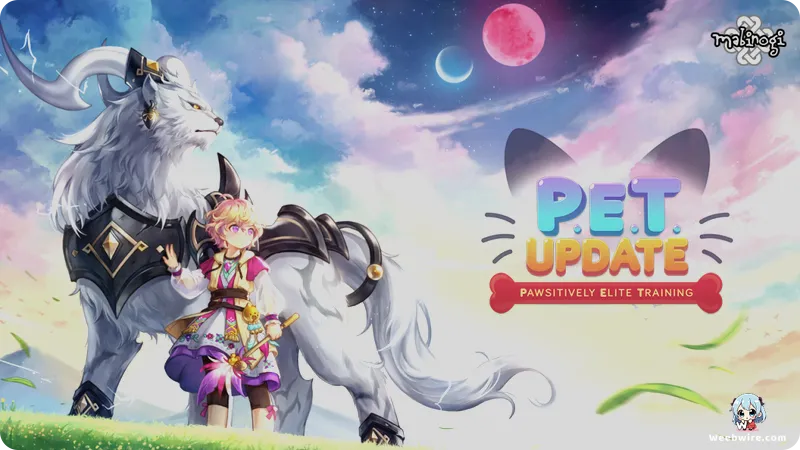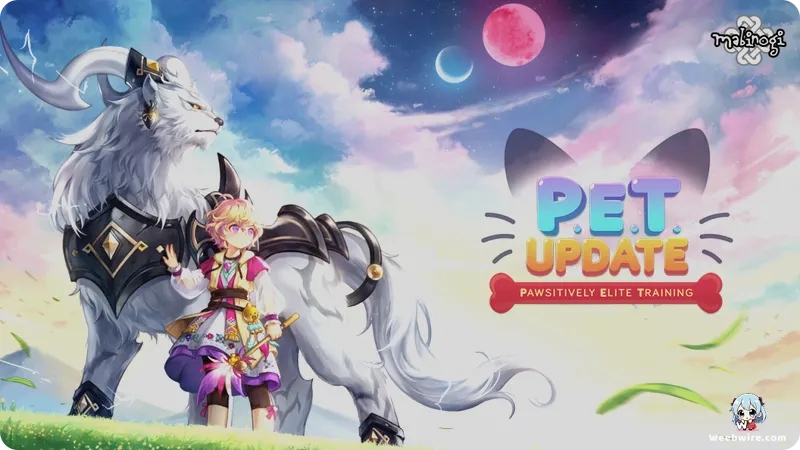The Architects of Memory: Unearthing the Darkest Trivia and Production Secrets of the Psychological Anime 'pet'

Ranjō Miyake’s intellectual manga, pet, received a gripping 2020 anime adaptation that firmly established its position within the modern psychological thriller genre. Moving beyond typical supernatural dramas, pet immerses viewers in the alarming depths of memory manipulation, focusing on powerful individuals known as “Imagers.” Characters such as Hiroki and Tsukasa possess the unique, yet terrifying, capability to breach the human mind, reconstructing realities and erasing inconvenient truths at will.
The anime’s profound appeal stems not only from this high-concept premise but also from the meticulously detailed psychological architecture established by Miyake and expertly realized by director Takahiro Omori and Geno Studio. A defining characteristic of the series is its highly structured map of the inner consciousness, segmented into two crucial areas: the “Hill” and the “Valley.”
The Hill serves as the conscious domain, housing all readily accessible memories and the current, perceived reality. This area is the primary battlefield for Imagers, who attempt to navigate and alter these surface-level recollections. Conversely, the Valley represents the deeply buried subconscious, a terrifying repository of repressed trauma, fundamental truths, and memories the individual has forcefully locked away. Accessing or attempting to modify contents within the Valley is fraught with immense peril, risking catastrophic psychological backlash not just for the target, but potentially destroying the Imager’s own mind. This detailed, almost architectural approach to the human psyche elevates pet far beyond simple mind control, framing the internal world as a complex, vulnerable ecosystem.
The Director’s Expertise
The adaptation benefited significantly from the involvement of veteran director Takahiro Omori. Celebrated for mastering convoluted, non-linear storytelling in acclaimed works like Baccano! and Durarara!!, Omori was perfectly suited for pet. Miyake’s original manga is notoriously challenging, utilizing fragmented timelines and rapid shifts in perspective to slowly unveil the horror. Omori’s established directorial finesse, characterized by intense, slow-burning tension and meticulous attention to character dialogue, was essential in translating the source material's intricate and captivating plot structure faithfully to the screen.

The Irony of the Title: “Pets”
Perhaps the most haunting piece of thematic trivia revolves around the series' title itself. Despite possessing god-like power over reality, the Imagers are contemptuously referred to as “pets.” This term is a grim, intentional irony highlighting their subservient status within the controlling organization. These Imagers are crucial assets, used to cover up global crimes or influence high-level politics, yet they remain utterly disposable and dependent on their handlers.
The organization maintains control by enforcing artificial emotional “bonds”, a necessary, stable emotional tether, usually to another Imager, required for mental stability during mind dives. If this bond is severed, the Imager faces severe mental collapse or permanent entrapment. The title, therefore, encapsulates the core conflict: the struggle for human autonomy against systemic psychological bondage, cementing Hiroki and Tsukasa's twisted co-dependency as their greatest weakness.
Furthermore, Geno Studio, previously noted for high-octane action projects like Golden Kamuy and Genocidal Organ, demonstrated remarkable versatility by taking on pet. Their commitment to adapting this mature, intellectually demanding drama, which relies heavily on subtle character interaction and abstract visualization of internal mental landscapes, underscored their willingness to prioritize deep philosophical exploration over mainstream action appeal, firmly establishing their reputation for nuanced storytelling.
Credits
pet
Author
Ranjō Miyake
Cover Art
Ranjō Miyake
Studio
Geno Studio
Publisher
Shogakukan
Producers





